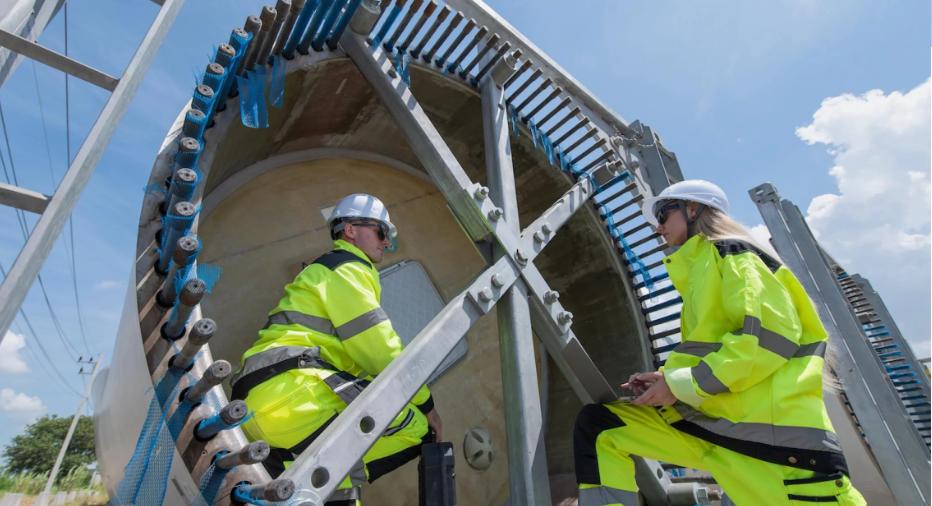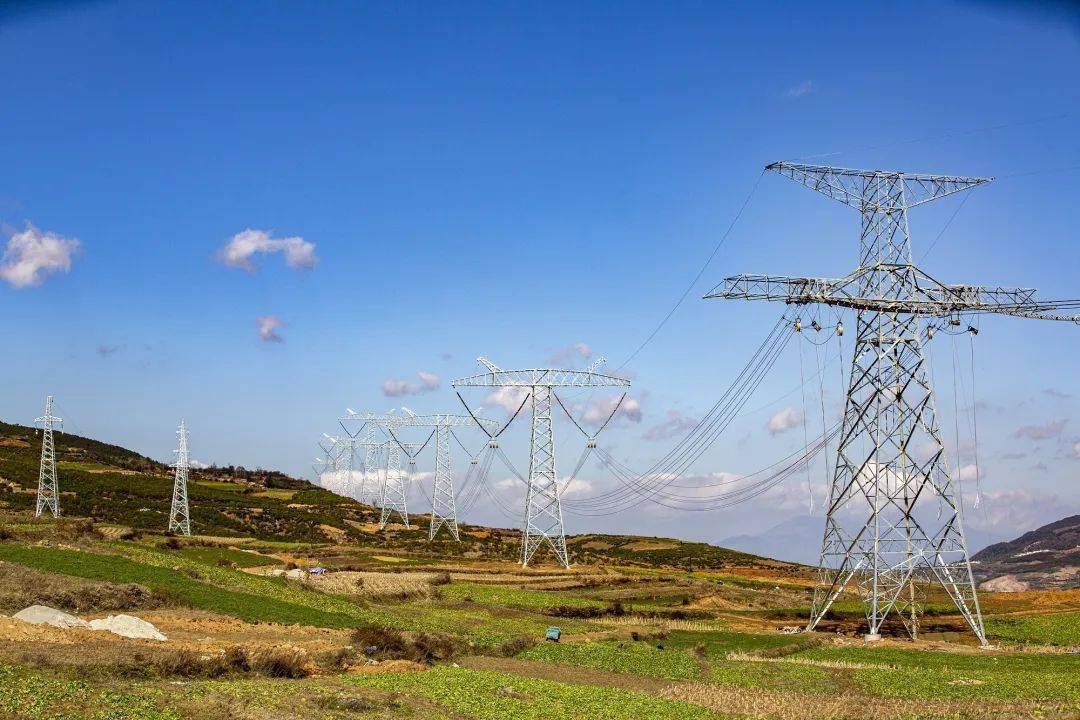
Transitioning to a green economy is not only a trend, but also an inevitable choice for the world to cope with environmental challenges. In this process, the redistribution of labor has become a key issue. To ensure the fairness and sustainability of the transition, policymakers need to take effective measures to help workers smoothly transition from high-polluting industries to green jobs, while reducing the negative impact of the transition on individuals and communities. This article will explore how to achieve a smooth transition in the labor market from the perspectives of structural factors, policy interventions, and the importance of education and training.
First, the transition to a green economy means a profound change in the way production and consumption are carried out, which not only involves the reconfiguration of energy and resources, but also requires structural adjustments in the labor market. Although the impact of the green transition on overall employment and output may be limited from a macroeconomic perspective, its impact may be concentrated in certain specific industries, regions, and groups of workers at the micro level, thereby exacerbating inequality. Specifically, jobs in traditional high-polluting industries will gradually decrease, while emerging green industries will require a large number of workers with new skills. Therefore, a fair transition in the labor market is crucial, and policies should be committed to reducing the impact of the transition on individuals and communities, helping laid-off workers find new jobs, and alleviating the psychological trauma caused by unemployment. In addition, due to the significant differences in industrial structure and degree of specialization among regions, policy interventions should be tailored to local conditions to ensure the effectiveness and targeting of the transformation.
Second, education level plays a central role in labor transformation. Studies have found that workers in highly polluting industries are generally less educated, which makes them face greater income losses and difficulties in re-employment after unemployment. To mitigate these negative effects, the government should help workers master the new skills needed for the green economy by improving the education system and skills upgrading programs. For example, research in EU countries shows that in countries with a higher proportion of adult training, the risk of long-term unemployment for unemployed people in highly polluting industries is significantly reduced. This shows that training and education are not only effective means to deal with unemployment, but also a key driving force for promoting green transformation. In addition, active labor market policies, such as providing balanced income support and unemployment benefits, can further increase the possibility of workers' re-employment, especially for the long-term unemployed.
However, education is not the only solution. The role of labor market institutions cannot be ignored. Active labor market policies, cash support for unemployed workers, and effective wage negotiation and social dialogue mechanisms are all key factors in promoting a smooth transition for workers. These policies are particularly important for vulnerable groups, such as women, workers with less education, and workers living in rural areas. Research shows that policies such as training, public employment services, and employment incentives are strongly associated with the likelihood of workers switching from unemployment to green employment. Although these associations are not causal, they suggest that policy design needs to be more targeted and flexible to better support workers who are more vulnerable to the transition.
On the other hand, the stringency of employment protection and product market regulations also affects the effectiveness of the green transition. In countries with higher employment protection, workers are less likely to switch from unemployment to green employment, especially for vulnerable groups. This phenomenon is consistent with the existing literature on the impact of employment protection legislation on employment rates and labor market transition. Therefore, policymakers need to balance the relationship between employment protection and market flexibility when designing transition programs to ensure the fairness and efficiency of the transition process.
In general, structural policies that support labor market inclusion and efficiency are the basis for a smooth transition to a green economy. However, research shows that the impact of green transition and climate policies varies significantly across socioeconomic groups and regions. For example, workers with lower education, young people who have just entered the labor market, and regions with higher industrial specialization may face greater transition challenges. Therefore, national and local governments need to learn from past successful experiences and formulate policies tailored to local conditions to support efficient and fair labor market transition.
In summary, the transition to a green economy is not only a technological revolution, but also a social change. By improving the education system, strengthening skills training, optimizing labor market policies, and policy interventions tailored to local conditions, we can ensure that the transition process is fair and sustainable and create a better future for workers.

报告显示,中国电力投资加速增长,预计2024年电网基建投资将超过5300亿元。
近日,市场迎来了一则引人注目的消息:工业巨头3M公司(MMM.N)在本周五公布了其季度业绩报告,随后股价飙升至近两年来的
最近,外媒给OpenAI算了笔账,今年可能要血亏50亿美元。
近日,巴黎奥运会和世界铁人三项协会联合发布了一项重大决定,宣布因塞纳河水质污染问题,原定于近期进行的奥运会铁人三项首次下
当地时间7月18日,法国巴黎发生了一起令人震惊的持刀袭警事件。
近期,一则重大消息在国际舞台上引起轩然大波,马来西亚宣布加入金砖国家。
调查发现,互联网和智能手机的使用干扰了韩国近五分之一学生的生活。